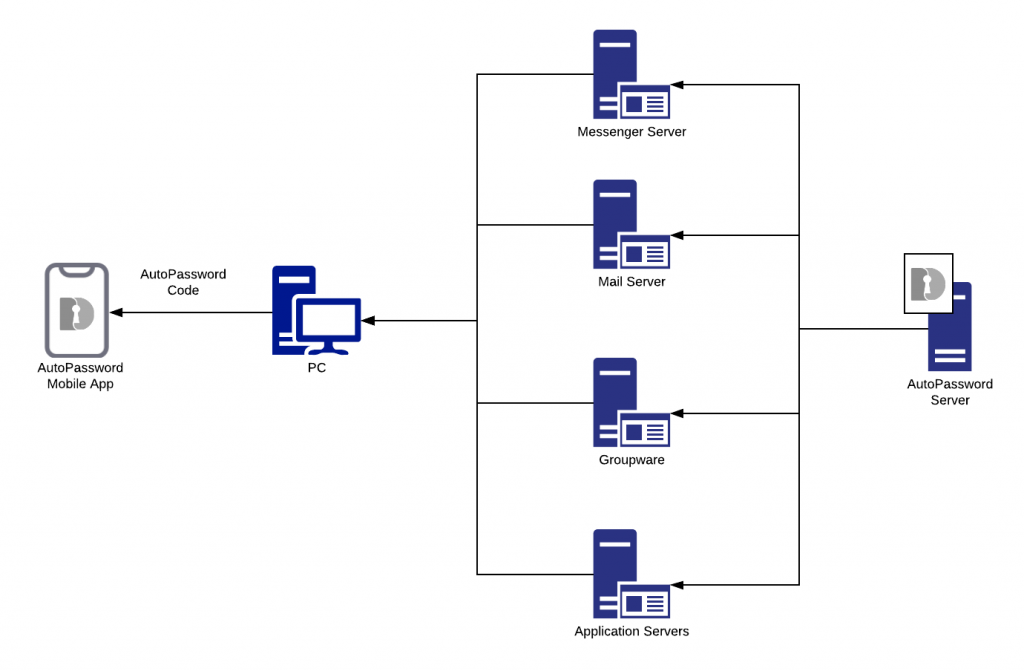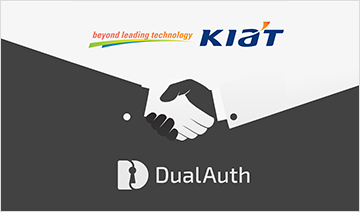Any organization which holds important information needs to have a strong authentication method in place, and it should be more than just a standard 2FA or MFA service, as these are becoming increasingly vulnerable to cyber attacks.
Here’s why KIAT, a public organization for the advancement of technology in South Korea, chose AutoPassword for its internal online systems. Before adopting AutoPassword, KIAT had used many other conventional 2FA services, however, they found that most services proved to be insecure or inconvenient for them, particularly SMS codes and OTP dongles, as their users needed to type the authentication codes in manually. Not only that, but each online system also has its own authentication methods and processes, and employees sometimes have to use several different authentication methods to access different online services. So, to combat these problems of usability, security, and convenience, KIAT decided to integrate AutoPassword as their main user authentication method, to enhance their internal security whilst making it far easier for their users to use.
Because they’re all industry experts in Korea who are in charge of promoting the industry technologies, they chose AutoPassword as their best authenticator. They evaluated it as not only a mutual 2FA but also the easiest authenticator to use for their internal users. After integrating AutoPassword, they received a great response from their users, so now their users are free from the user password burden and phishing/pharming attacks.
Don’t just take out word for it, here’s what their Chief Information officer had to say “When we evaluated the security and identity management marketplace, we found that AutoPassword had not only the convenience we needed, but also the mutual 2FA functions that we need in future” Manager Mr. Park in KIAT
Challenges
- Protecting national information about advanced industry technology
- Free users from the burden of user password management.
- Protecting the user from the latest phishing and pharming attacks.
- Simplifying various 2FA authentication systems following application servers

Results
- Unified the authentication method as one for all online applications.
- Free from the user password management
- Users are very enthusiastic to have a convenient automatic password in spite of enhanced mutual authentication systems.
- Enable users to verify the fake online service pretending to be a genuine service.


